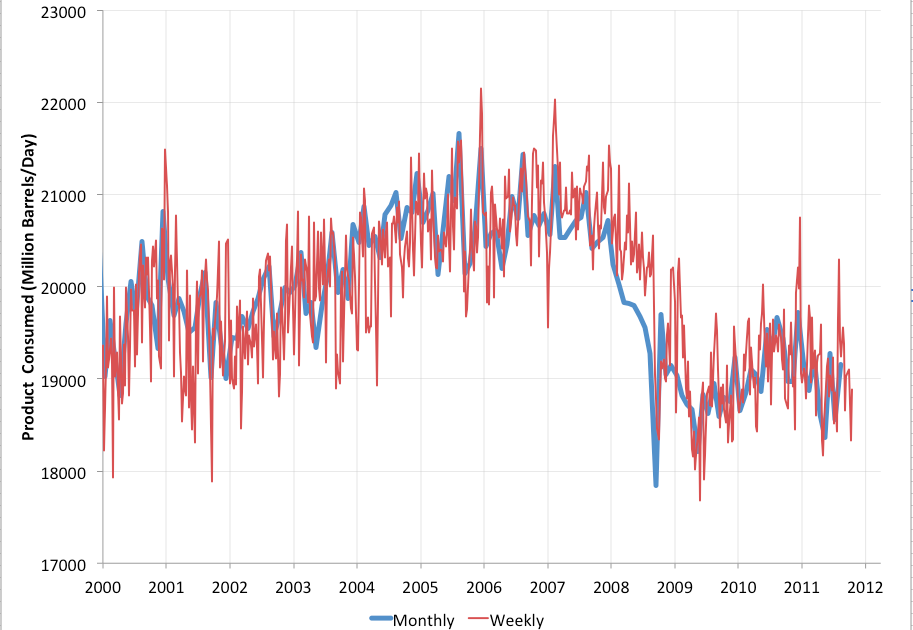
And the World Energy Outlook projects that oil demand will grow by almost 25 percent from 85 million barrels per day in 2008 to 105 million barrels per day in 2030.Īll this oil demand growth, according to the World Energy Outlook, “comes from non-OECD countries: OECD demand actually falls.” Demand among the developed countries in the OECD already peaked, but non-OECD developing countries want more oil to fuel their burgeoning auto industries caused by a growth in wealth. The International Energy Agency’s newest Oil Market Report forecasts that global oil demand will hit a record high this year and will keep rising as the global economy recovers. BP’s 2009 World Energy Review found that oil demand from developing countries outside the Organisation for Economic Co-operation and Development grew in 2008 despite the recession. Demand grows, production slowsįorecasts predict that future global oil demand will rise sharply. The safest, cheapest, and fastest path to energy security is to implement oil savings measures-outlined below-to reduce dependence on foreign oil and protect our pocketbooks. The United States must meanwhile prepare for a coming oil price crunch caused by increasing global demand and slowing global production. China has made oil deals around the world over the past few years that can deliver a supply of more than 7.8 billion barrels of oil to the country over the next several years. Global oil demand-led by the United States and followed by China, Japan, and India-will dramatically increase over the next two decades. And Mexico’s primary oil sources will be depleted by 2019. But a majority of Canadian oil comes from tar sands-a dirty crude oil that can cause as much as five times more greenhouse gas pollution to produce compared to conventional oil. Canada and Mexico are our largest importers. dependence, but world dependence on Middle East oil-and that has not shrunk.” dependence on the long-haul Middle East has fallen sharply … since oil is a global market, the relevant measure for that vulnerability is not U.S. The International Energy Agency notes that the United States also remains vulnerable to a Middle East oil disruption: “U.S. The United States doesn’t buy Iranian oil, for example, but a $1 increase in oil prices provides an additional $1.5 billion to the Iranian government annually. These high prices benefit all petro-states regardless of whether the United States is buying from them or not. oil come from countries that the State Department considers to be “dangerous or unstable.” And the cost of this oil will rise as global demand increases. petroleum trade in 2019, but dropped to less than 7 million barrels per day, the lowest level since 1993.The national security risks that stem from the United States’ heavy reliance on foreign oil are well documented. Crude oil imports accounted for most U.S.

petroleum production saw substantial growth during the last decade, thanks to production techniques in tight rock formations developed using horizontal drilling and hydraulic fracturing to extract hydrocarbons. was the world’s largest petroleum producer in 2019, with total field production of crude oil growing to a record of more than 12 million barrels per day and natural gas liquids reaching a record of almost 5 million barrels per day. exported more crude oil and petroleum products than it imported. During the fourth quarter of 2019, the U.S.continued to import more petroleum than it exported on average, with imports exceeding 9 million barrels per day and exports reaching a record volume of 8.5 million barrels per day.



 0 kommentar(er)
0 kommentar(er)
